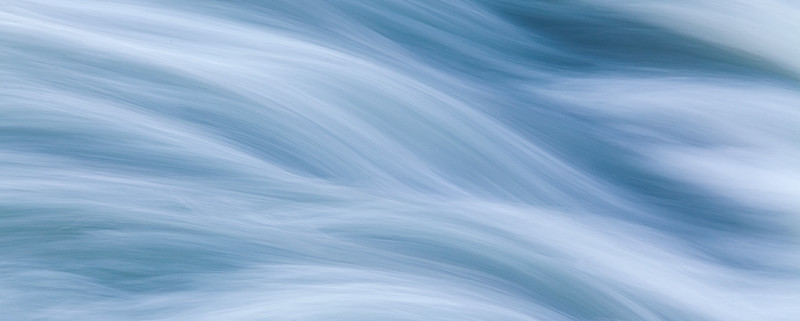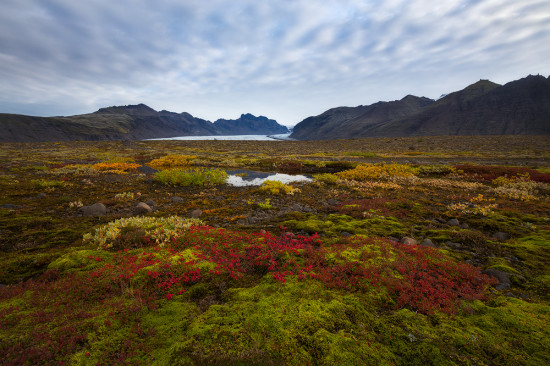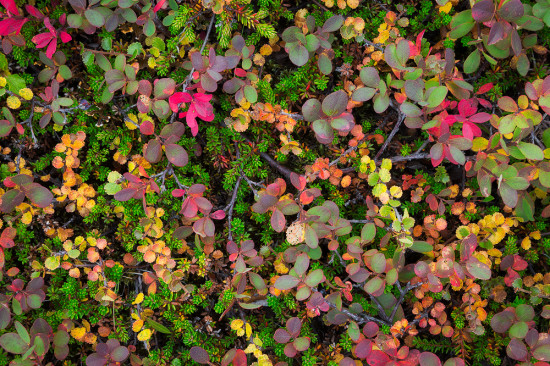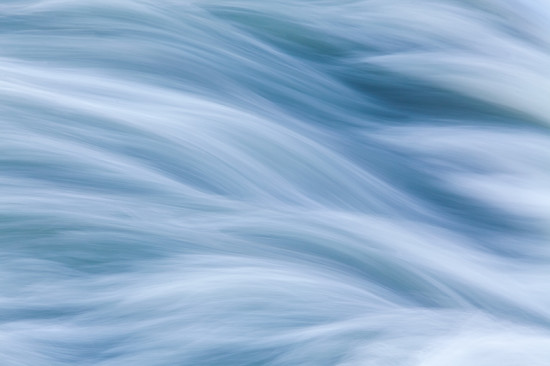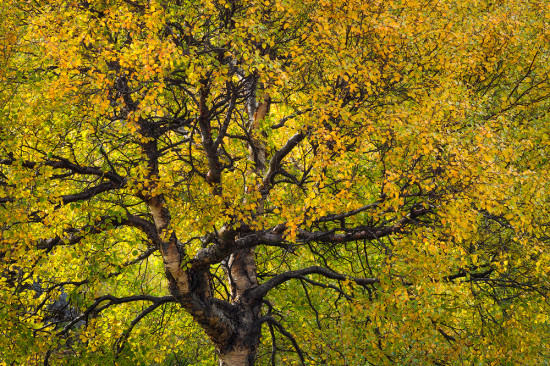3 Tips for Finding Smaller Scenes
I recently returned from co-leading an enthusiastic group of photographers in Iceland, one of my favorite places for photography. Although Iceland is a country full of photographic icons, we regularly encouraged our group to look beyond the iconic grand landscape and add some diversity to their trip portfolios by seeking out smaller scenes like intimate landscapes, abstract renditions of natural subjects, and portraits of plants. In working with photographers on seeking out smaller scenes, one of the biggest initial challenges in creating these types of photographs always seems to be identifying potential subjects. With some practice, identifying subjects is not very difficult but requires a shift in mindset and approach for photographers used to only seeking out grander scenes. The three tips below offer a place to start.
Hone Your Visual Exploration Skills and Strive to Notice Details
When I visit a place for photography, I spend some time looking around and observing before ever taking out my camera. I take in the whole scene, assessing the things that appeal to me the most. Take the grand landscape scene above as an example. When I arrived at this spot, I immediately knew that the larger scene – the green moss, colorful plants, mountains, reflections, and the hint of glacier – appealed to me and I wanted to photograph it. Beyond the grand scene, I also started thinking about the smaller slices of the scene that might be interesting, as well. In this case, vignettes of the small colorful plants among the moss caught my interest first, as did the leaves in the yellow bushes, the reflections (including interesting ripples when the wind was blowing), all the interesting volcanic rocks scattered across the scene, and the patterns in the glacier in the background.
I go through this kind of exercise in every place I visit – taking in the big picture and deliberately spending time to identify the smaller elements of a scene that might make for interesting photographs. Then, with a mental list and consideration of the conditions, I start experimenting to see what might work for both grand landscapes and smaller scenes. Look up, down, to your sides, and all around – not just at the primary subject you came to photograph. And, in the case of the photo above, strive to notice the smaller details that others will walk right by, like the mix of vibrant colors in this very small patch of colorful foliage.
Learn to Identify Abstract Forms
One key compositional skill for landscape and nature photography is learning to identify abstract forms and see beyond the literal qualities of a subject. Instead of seeing a tree, learn to see the lines in the limbs, the texture of the bark, and the repeating patterns in the leaves. Instead of seeing a waterfall, spend time looking for curving lines or interesting textures in the flowing water. Study a scene and pick out shapes, like triangles, circles, or repeating layers.
In the example above, the subject is flowing water from the massive Gullfoss waterfall, with a telephoto lens isolating one smaller section of cascades. The slow shutter speed emphasizes the curving, sensuous lines and repeating curves. Next time you are out taking photographs, spend some time assessing the landscape through this perspective and start thinking through compositions that emphasize the abstract qualities you identify.
A Slower Pace Allows for Serendipity
There are very few “iconic” small scenes. This means that finding subjects for photographs of smaller scenes requires time, exploration, and experimentation. Thus, slowing down and spending time exploring without the expectation of coming home with a particular “keeper” is an essential mindset. Having no agenda aside from time for exploration allows for serendipity. Just wandering around a place to see what is has to offer is essential to taking the kinds of photos featured in this post.
Next time you are out photographing, consider trying some of these tips. Be sure to arrive early at your location, spend some time deliberately exploring the scene around you to identify potential subjects and work on identifying abstract qualities in the landscape. With some practice and experimentation, you will be identifying all sorts of fantastic smaller subjects for photography in no time!

